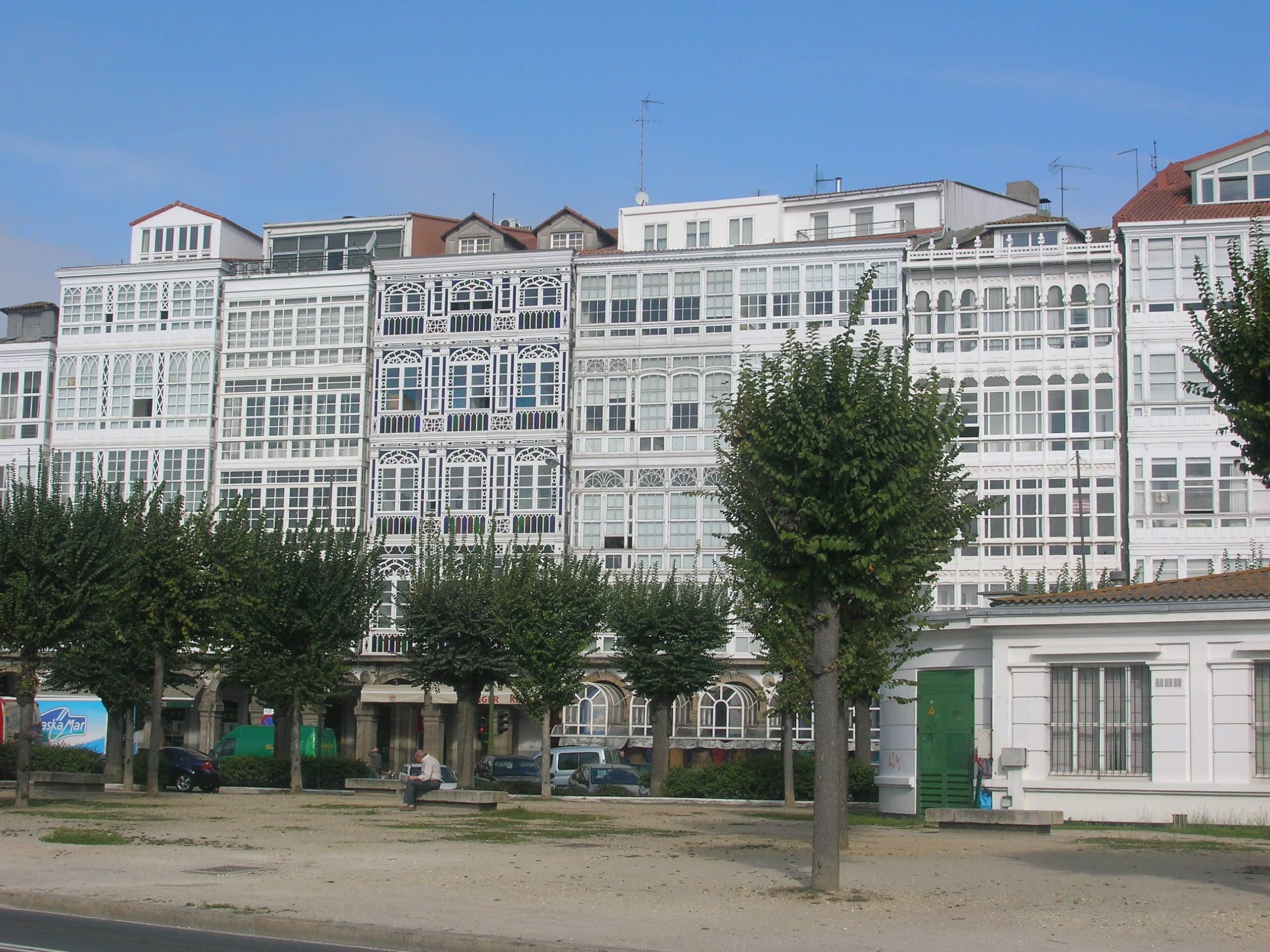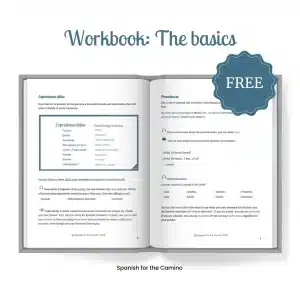El Camino Inglés
It was the fifth Camino in number of pilgrims last year (https://oficinadelperegrino.com/en/statistics/). In 2018 it continues to grow its popularity. I’m talking about the Camino Inglés, or English Way.
It’s so called because it was mainly British and Irish pilgrims who followed this route. From the 12th century onwards they used to travel by boat to the Galician coast and then they would continue their pilgrimage a pie (on foot). After the 15th century, when king Henry VIII separated from the Catholic Church, the number of pilgrims choosing this Camino decreased dramatically.
These medieval pilgrims arrived at several ports along the northern coast of Galicia, A Coruña being one of the main ones. However, A Coruña is less than 100km from Santiago (and 100km, as you probably know already, is the minimum distance required in order to obtain a Compostela). So, in recent times, Ferrol has become the most popular starting point, since it’s over 100km from Santiago.
Can you still start the Camino Inglés in A Coruña?
But that doesn’t mean you can’t start in A Coruña anymore. In fact, you can. And you can still be eligible to obtain a Compostela. How is this possible? You can can walk the first 25km in your own country or area.
If you are planning to do this, don’t forget to get your credencial stamped during that first stage. You will need evidence that you’ve completed the required 100km in order to get your Compostela.
Whether you start in A Coruña or Ferrol, you should remember that you need to get your credencial stamped twice per day if you are planning to get a Compostela once you arrive in Santiago.

Galerías in A Coruña

Torre de Hércules
For things to see and do in A Coruña, check this: Turismo Coruña website.
You can complete this pilgrimage in six days or less (check my review of Susan Jagannath’s guidebook). So the Camino Inglés could be a good choice if you only have a few days to do your pilgrimage.
This is not a particularly difficult Camino, although there are a couple of hills that could prove a bit challenging. Also, it goes mostly through rural areas and small villages. So there are some long stretches without bares or tiendas (shops). Make sure you have plenty of agua (water) and some snacks with you!
The Camino Inglés from Ferrol
As I mentioned above, the most popular starting point these days is Ferrol, where you can find a stone marker signalling the beginning of the Camino quite close to the tourist office, in the port area. For more info on Ferrol: http://www.turismo.gal/que-visitar/cidades/ferrol?langId=en_US
After you get out of town, you will be bordering the Ría de Ferrol, which provides stunning views. If you prefer to make your Camino shorter, you can walk up to Pontedeume on your first day (31km). If you’d rather take things slower, then Neda is the best place to stop (15km).
After Pontedeume, your next stop is Betanzos, an interesting town with a lovely old quarter. If you have time to explore a bit more, you should consider going to the Parque do Pasatempo, an astonishing place built by the García brothers.
These two brothers emigrated to Argentina (1870), made a fortune there and returned to Betanzos. Here, they created schools, hospitales… and this park where you can find all sorts of unexpected things (https://www.galiciamaxica.eu/galicia/a-coruna/pasatempo/#respond).
Oh! And let’s not forget that in Betanzos you can find the best tortilla in Spain: http://www.expansion.com/fueradeserie/gastro/2018/08/06/5b617442ca4741f5728b45e0.html
After Betanzos, you will go through Hospital de Bruma and Sigüeiro before you reach Santiago. Hospital de Bruma takes its name from an old hospital for pilgrims that does no longer exist. The current albergue is beside the spot where this old hospital used to be.
Some parts of the Camino Inglés have been rerouted recently, but don’t let that concern you: it is well signposted and you will not have any problems finding your way.
Do you think this could be the Camino for you?
Well, it is the Camino for me! You can start reading about my experience on the Camino Inglés in Empezando el Camino Inglés and Walking with strangers.
Today’s Spanish words
For the pronunciation of a pie, credencial and Compostela, check ¿Cómo vas a hacer el Camino?
Camino Inglés
A Coruña
Ferrol
Neda
Pontedeume
Betanzos
Hospital de Bruma
Sigüeiro
Tienda
Hospital
Want more?
Make sure you don’t miss any posts or announcements by subscribing for free here. That way, when a new post is out, you will get it in your inbox. And… you get access to exclusive content too.




thanks. Very enjoyable and enlightening.
Thanks!